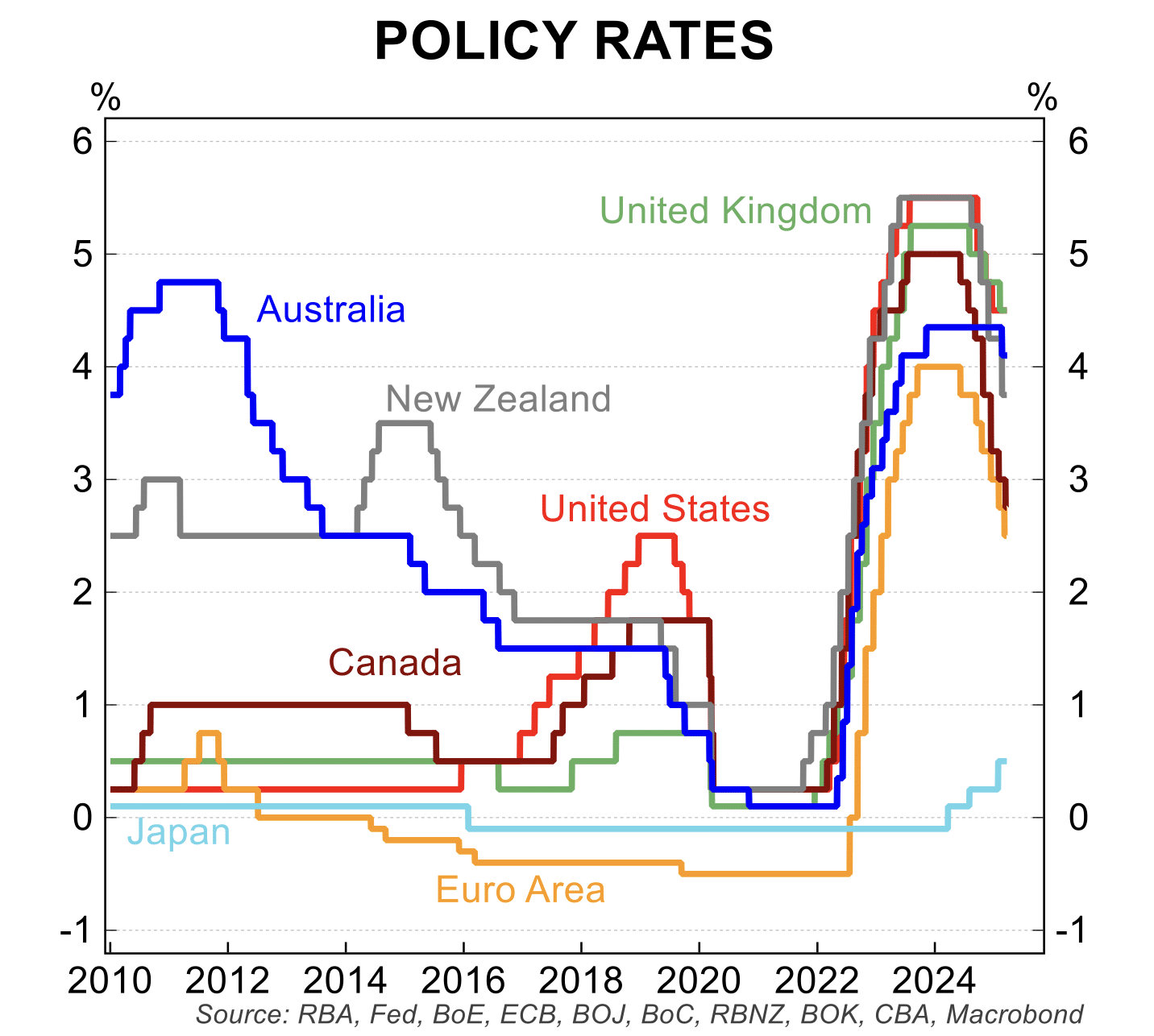Private credit is an alternative investment class that has grown exponentially in recent years, fuelled by tighter banking regulations, the growth of non-bank lenders, and investors seeking more stable risk-adjusted returns in a by-gone era of low yields and increased market volatility.
The International Monetary Fund recently reported the global market for private credit hit US$2.1 trillion in 2023. Projections indicate that this could expand to $2.8 trillion by 20281. Among its sub-sectors, real estate private credit has become particularly appealing, due to loans being secured by physical property assets. This means greater income stability, capital preservation, and risk mitigation.
As we look to 2025, Zagga shares what’s next for private credit and answers five of the most asked questions.
Q1. What are the key characteristics of real estate private credit?
There are many features that make private credit attractive to investors today:
- Attractive risk-adjusted returns: Private credit offers investors the potential for higher returns than traditional fixed-income products. Secured by tangible assets, like real estate, it provides predictable cash flow while mitigating risk. These investments often involve first-registered mortgages, ensuring a higher degree of capital protection.
- Diversification: Investments in private credit are less correlated with traditional markets such as equities or bonds, offering a hedge against economic fluctuations. In particular, commercial real estate debt has shown resilience during market downturns, making it a valuable defensive addition to a well-rounded investment portfolio.
- Defensive nature: Private credit is generally considered a defensive investment due to its ability to offer stability and predictable income, even in volatile economic conditions. Coupled with its higher position in the capital stack compared to equity investors, real estate private credit prioritises creditors for repayment in the event of a default, offering capital protection and reducing downside risk.
Q2. How does the Australian private credit market differ from global markets?
Australia’s private credit market offers unique opportunities shaped by its regulatory framework, growth trajectory, and investor demand.
Regulatory framework:
Australia benefits from strong governance and a robust regulatory framework, fostering transparency, accountability, and investor confidence, and is one of factors that sets it apart from many of its global peers. Australia has maintained an AAA credit rating from S&P since 2003, reflecting over two decades of financial stability. Additionally, its highly-regulated financial services sector ensures adherence to global standards and strong oversight.
Private credit in Australia is often centred on real estate lending, supported by well-defined property laws and a transparent legal framework. This focus contrasts with global markets, where private credit tends to lean more towards corporate loans, mezzanine debt, or other asset classes.
Market growth:
Considered relatively nascent compared to the US and European markets, the Australian private credit market offers ample opportunities for growth. The retreat of banks from commercial real estate and construction lending, driven by regulatory changes and capital constraints, has created a significant funding gap in Australia’s commercial real estate landscape. This presents a significant opportunity for private credit providers, and non-bank lenders, to bridge the liquidity shortfall and gain access to tier one opportunities that were traditionally the domain of the Big 4 banks.
Investor appetite:
Investors traditionally favoured conservative investment approaches, often gravitating towards transparent and familiar assets such as equities and bonds. In response to the volatile macroeconomic landscape, many high-net-worth-investors and family offices worldwide are re-evaluating their investment approaches, particularly considering higher capital costs and evolving returns from non-traditional asset classes. There is a discernible trend towards defensive strategies with many diversifying beyond public markets, turning to alternative assets that can offer both income and capital preservation amidst rising inflation and interest rates. Lending to participants in the real estate market gives investors access to a more predictable income stream, with attractive returns and lower volatility. In Australia, this comes at a time when the demand for housing is significant – as the population grows, housing supply remains insufficient, and prices continue to climb.
Q3. What are the key risks associated with investing in private credit?
While private credit is an attractive asset class, it is not without risks. Understanding these risks is essential for informed decision-making.
The possibility for borrower default underscores the need for rigorous due diligence and robust credit analysis. Careful selection of borrowers and experienced investment managers is critical.
Unlike equities, private credit investments are less liquid, requiring long-term commitment from investors. However, this is often balanced by higher returns.
Poor underwriting practices or management inefficiencies can increase investment risks. Working with experienced lenders who have proven processes is essential to mitigating these issues.
Q4. How can investors mitigate risk and maximise returns?
To navigate the risks associated with private credit, investors should:
- Undertake rigorous due diligence: Choosing the right investment manager is paramount. Thoroughly assessing fund managers and the underlying credit quality of potential investments is crucial.
- Ensure your portfolio is diversified: Spreading investments across different borrowers, property types, and geographies reduces concentration risk. Diversification balances potential returns with risk exposure.

Q5. What are future trends and opportunities in the Australian private credit market
The Australian real estate private credit market is poised for significant growth, presenting various opportunities for investors. There are a number of trends driving the sector forward:
Withdrawal of bank funding:
As traditional banks reduce their exposure to commercial real estate lending, private credit providers are stepping in to fill the funding gap. This shift is expected to create a $100 billion liquidity shortfall over the next decade, offering a unique opportunity for investors to participate in this attractive and robust sector.
Search for reliable, risk-adjusted returns:
Private real estate credit offers compelling, risk-adjusted returns, making it an appealing alternative to traditional fixed-income investments. Given increasingly volatile market conditions, geopolitical tension, and a potential downward movement in official interest rates – investors are increasingly drawn to this asset class for its potential to deliver steady income streams.
So, where to for private credit in 2025?
As traditional financial systems evolve, private credit stands as a resilient pillar in modern investment portfolios, balancing defensive attributes with the potential for substantial growth.
Morgan Stanley: Understanding Private Credit {https://www.morganstanley.com/ideas/private-credit-outlook-considerations}





